Scientists have warned the public that a large “planet killer” asteroid the size of Mount Everest will fly past Earth today. Luckily, the massive asteroid won’t be anywhere near the planet.
However, researchers have also revealed that another asteroid will quickly follow this enormous one — and this newest one was only spotted two weeks ago.
A Huge Asteroid Is Headed Near Earth
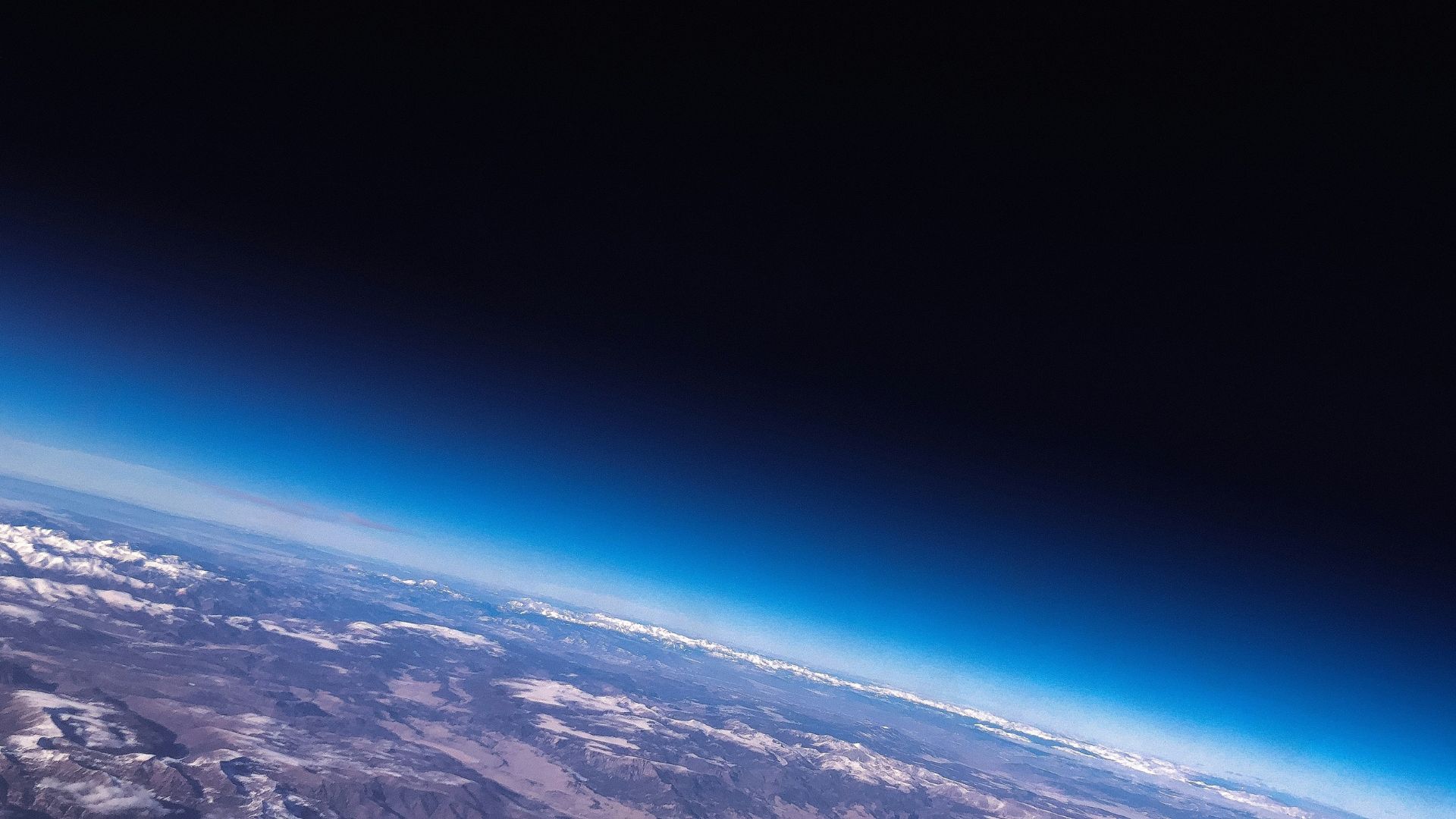
This massive asteroid, called Asteroid (415029) 2011 UL21, is bigger than about 99% of all the other near-Earth objects (NEOs) that have ever zoomed near the planet.
Thanks to this asteroid’s massive size — it’s said to be about the same size as Mount Everest’s summit width — scientists have explained that this asteroid is big enough to be considered a fearful “planet killer.”
Comparisons to Other Huge Asteroids

Clearly, 2011 UL21 isn’t anything to joke about. However, this isn’t even the biggest asteroid that has flown by Earth — or hit Earth in the past.
While this asteroid is definitely considered an enormous “planet killer”, researchers have stated that the Chicxulub asteroid that killed the dinosaurs was much bigger than this new one.
Four Million Miles Away
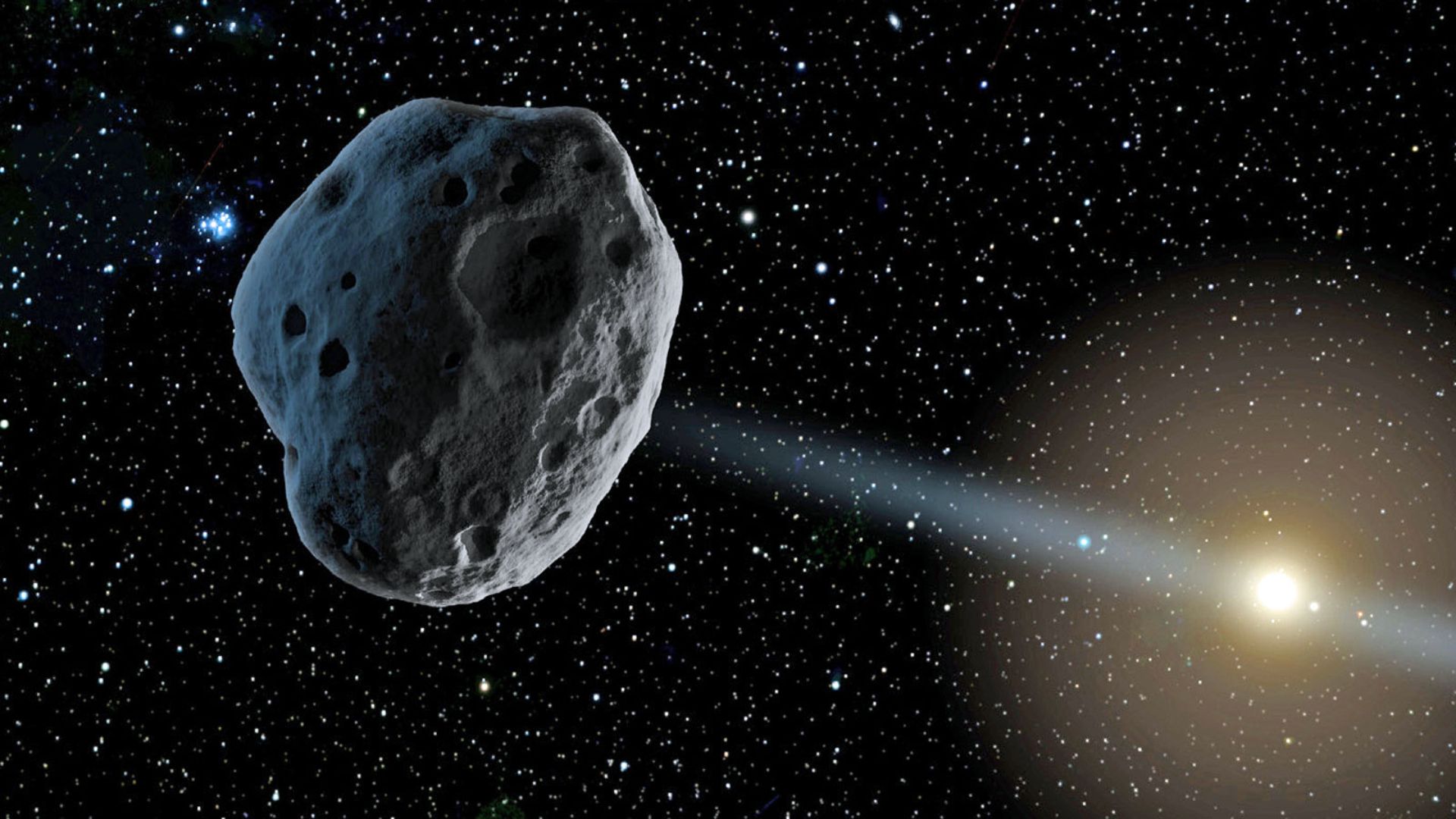
While scientists have warned the public that this large asteroid will zoom by the planet today, they’ve also made it clear that the rock won’t come anywhere close to Earth — even if it is considered a near-Earth object.
This asteroid will be about four million miles away from Earth, so the chance of the space rock veering off course and heading anywhere near the planet is incredibly slim.
A Potential Threat?
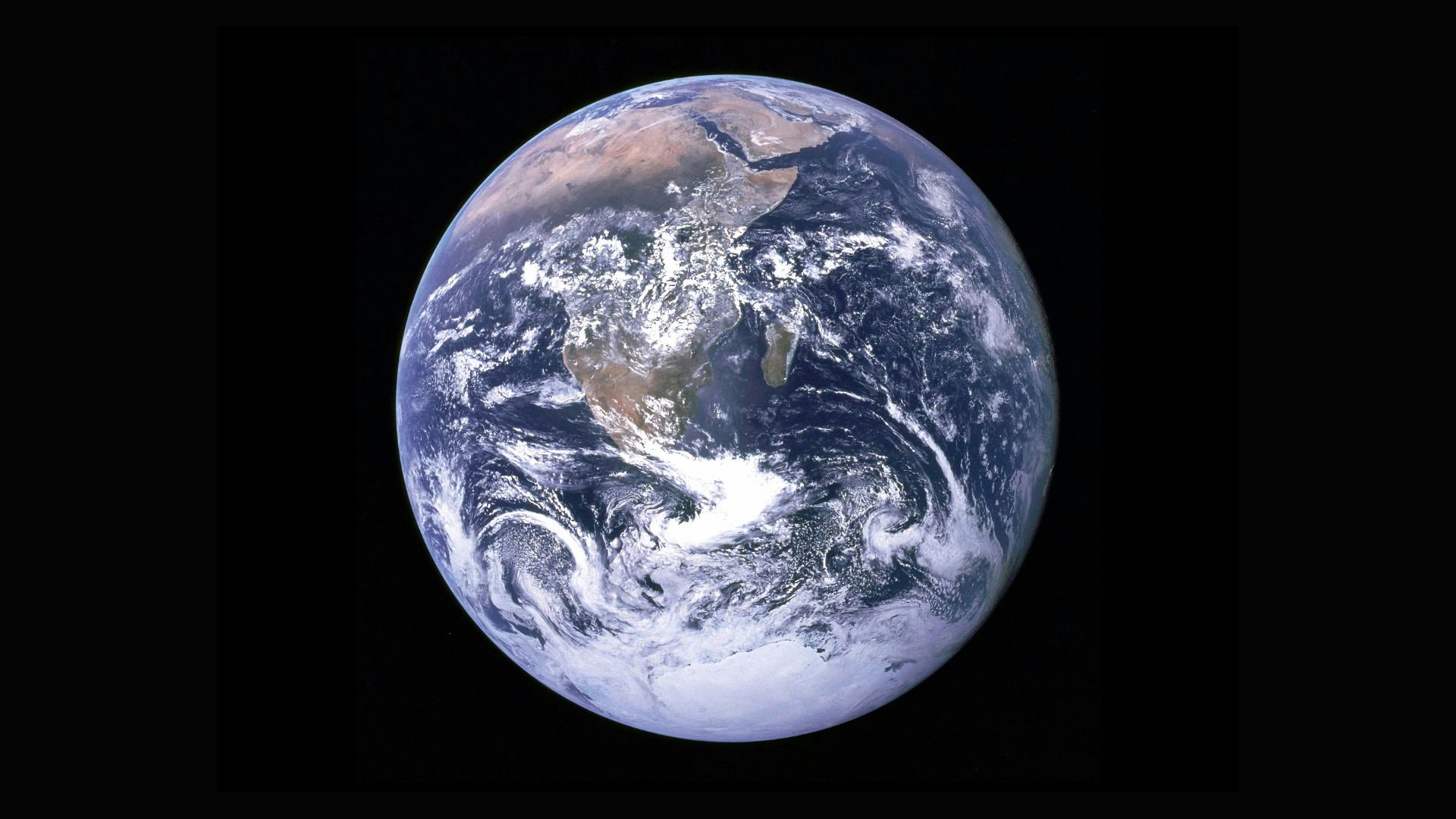
Though this space rock specifically doesn’t pose an immediate threat to the planet, its status as an NEO has resulted in scientists labeling this asteroid a “potentially hazardous” space rock.
However, the European Space Agency has come out to reassure the masses, stating that there’s currently a 0% chance that this asteroid will collide with Earth.
What Happens if a Planet Killer Asteroid Hits Earth
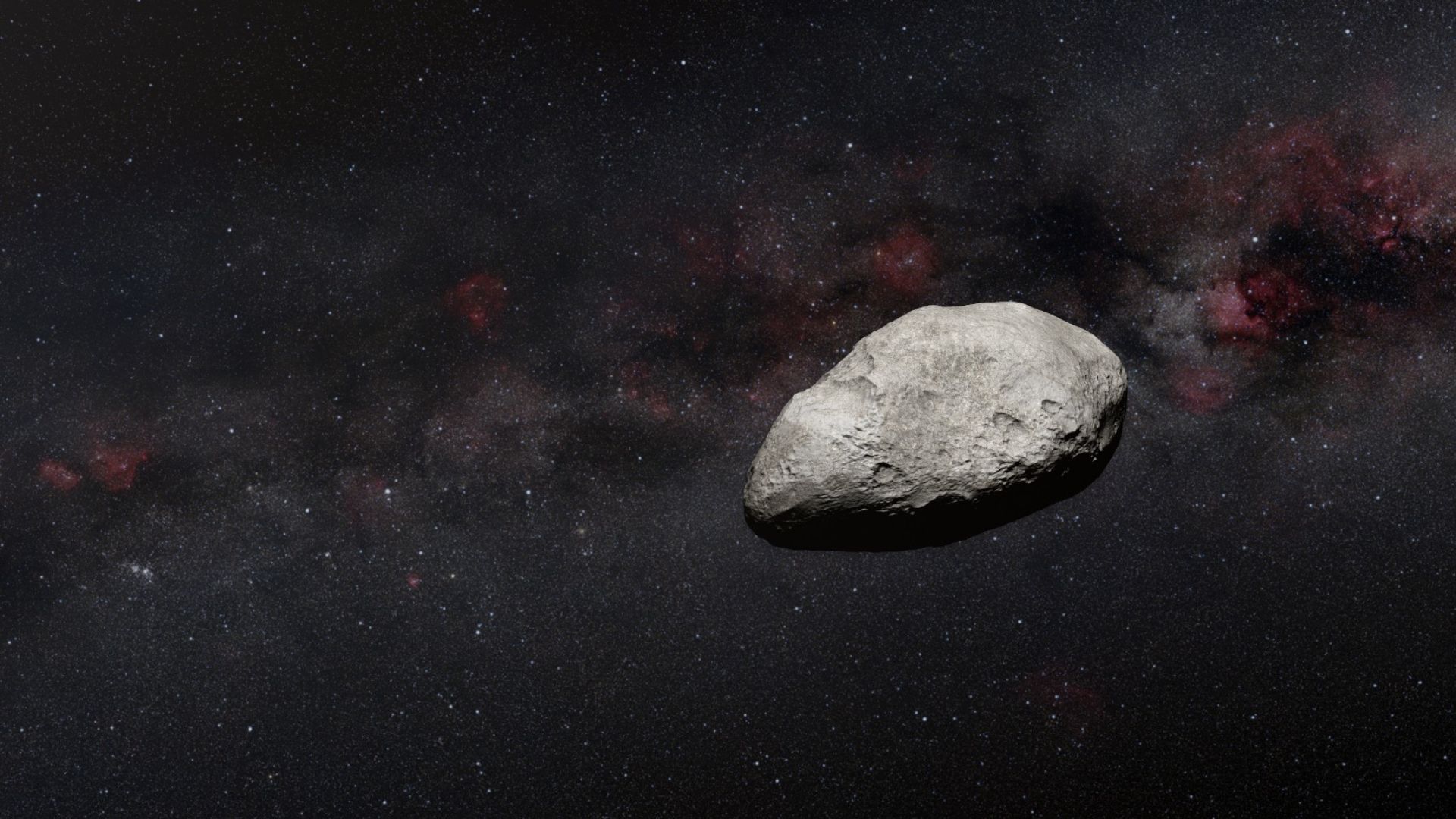
Scientists have revealed that if a “planet killer” asteroid were ever to actually hit our planet, this would cause massive damage around all continents.
The collision could even cause enough damage and dust to result in major climatic changes to occur for many years.
Orbiting at an Angle
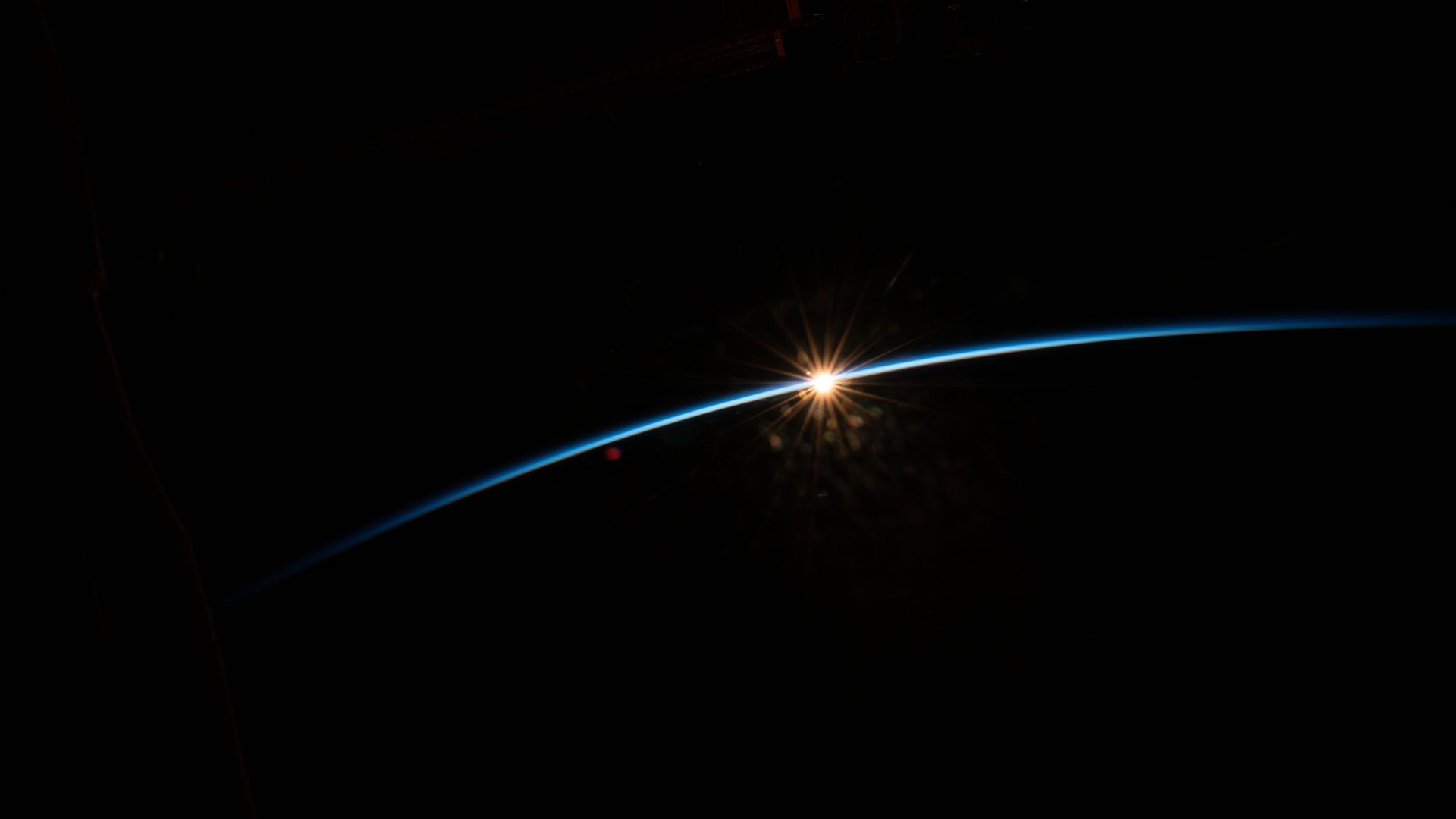
Intriguingly, this asteroid isn’t acting as other NEOs when it comes to its orbit. Instead of orbiting on a similar plane as the planets around the Sun, this space rock is orbiting at a steep angle.
Researchers believe this may be because of Jupiter’s gravitational effects. In the past, Jupiter’s gravitational impacts have led to asteroids being redirected towards Earth. But again, this almost certainly won’t happen.
Another Asteroid Arrives
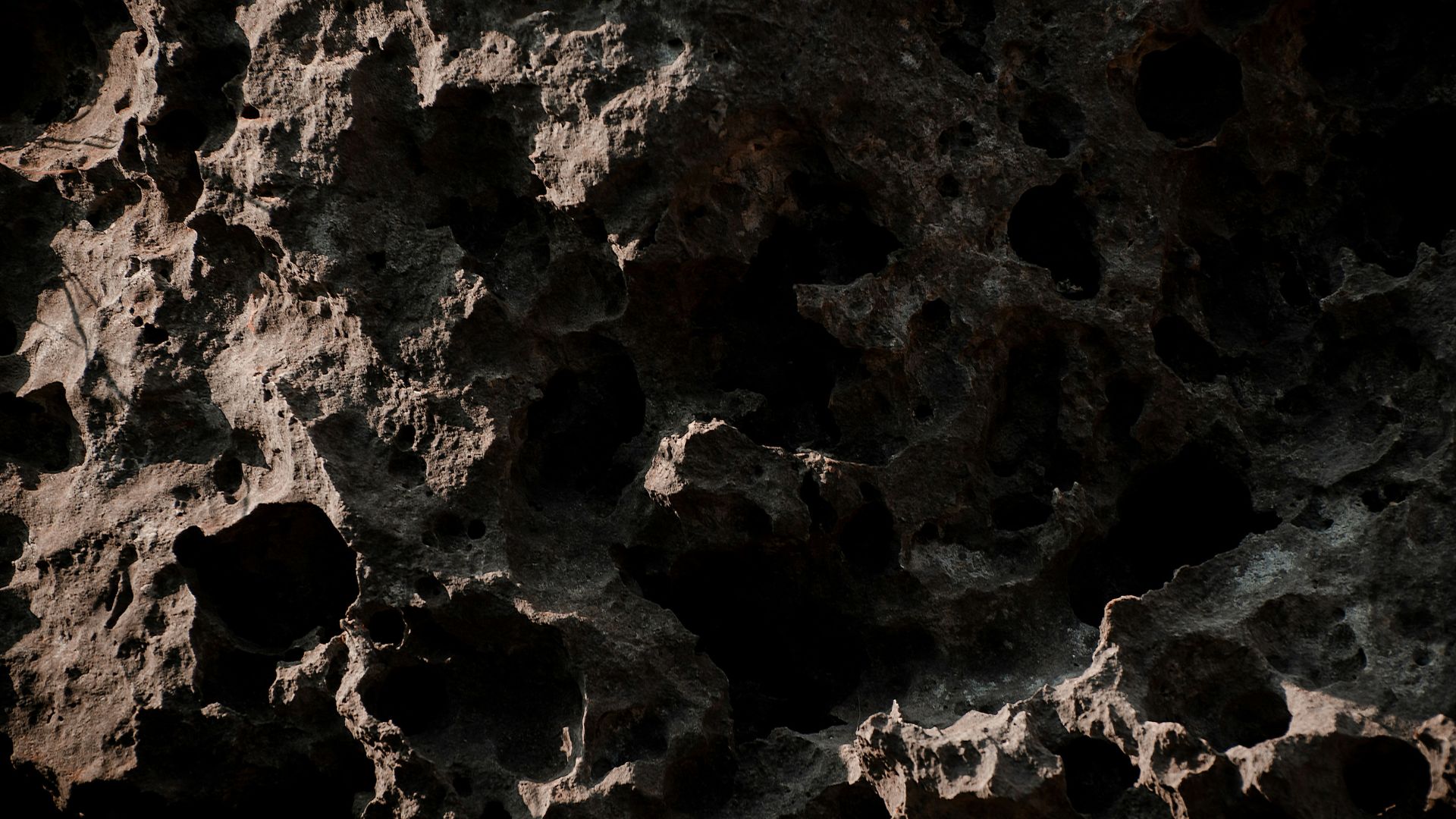
This weekend, we won’t just get one massive asteroid flying past Earth. Scientists have revealed that a second asteroid will follow the “planet killer” within 42 hours.
This newest space rock, called Asteroid 2024 MK, was only just discovered on June 16. Thanks to its brand new discovery, researchers haven’t revealed too much about it — but we do know it will be much closer to Earth than the first asteroid.
A Closer Asteroid
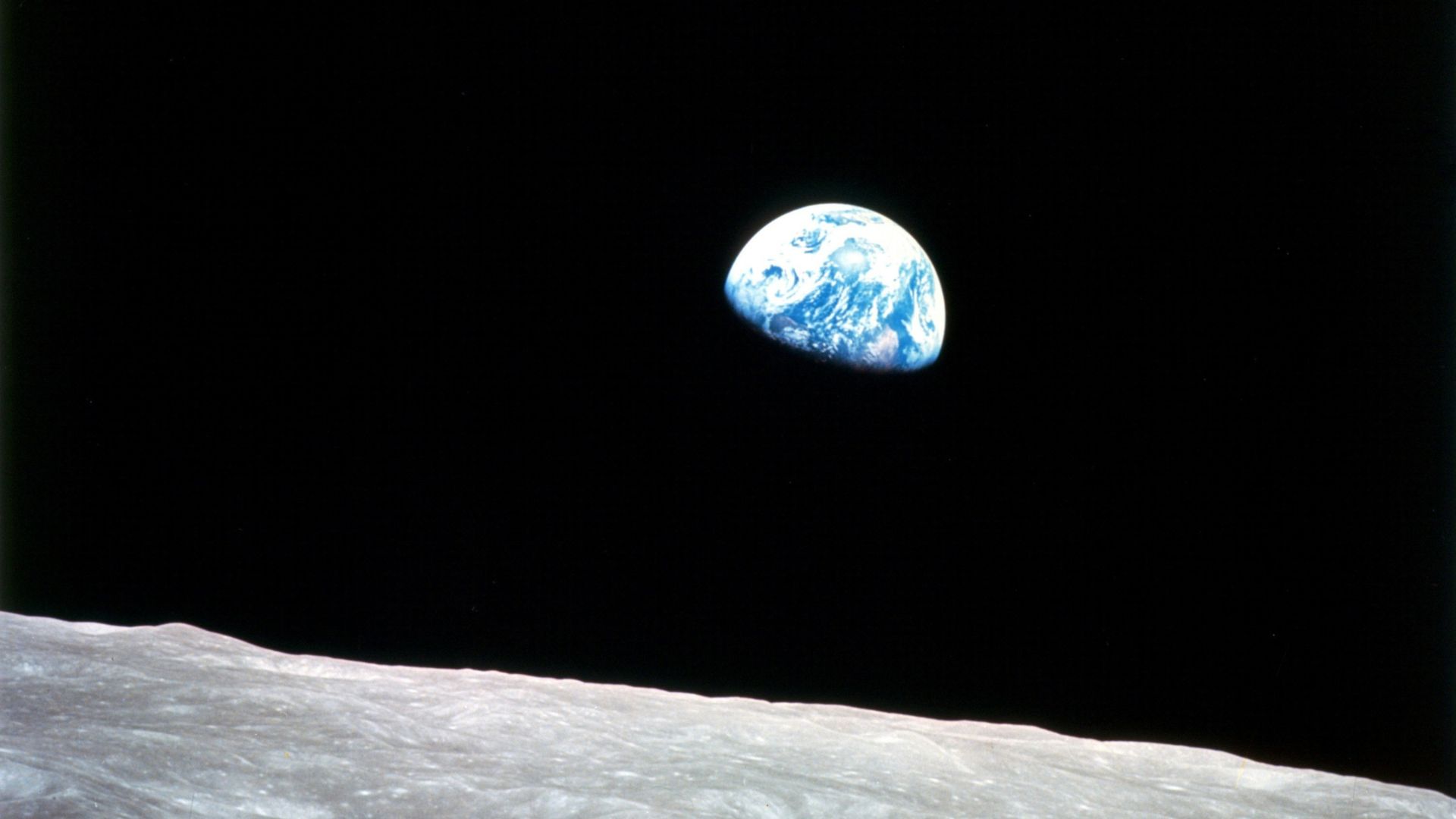
According to researchers, 2024 MK will fly by the Earth within 180,200 miles, which is about 75% of the distance to the moon.
However, this space rock is much smaller than the first one, as it’s about 120 and 260 meters wide.
Two Large Asteroids
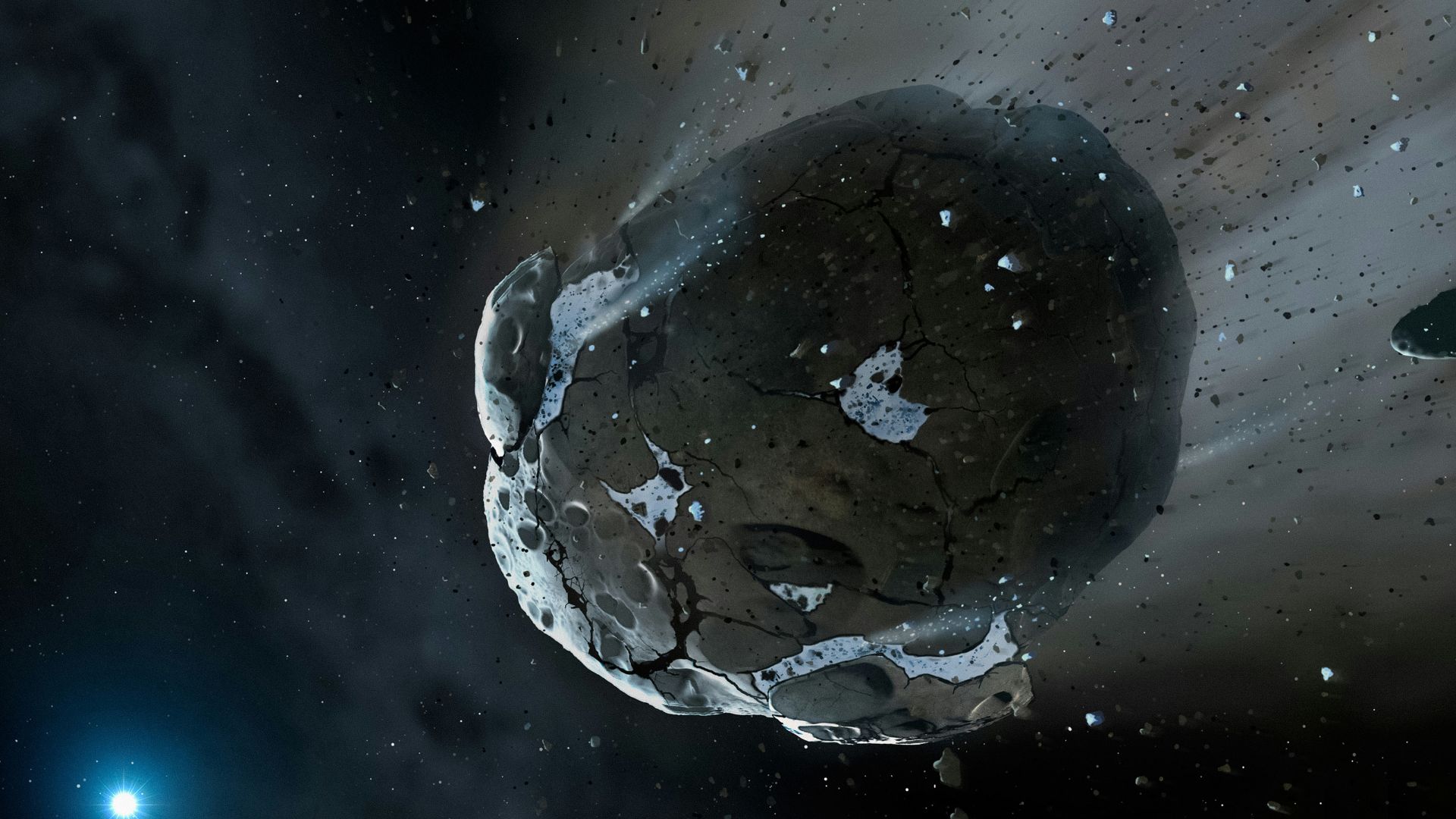
Though this second asteroid is smaller than the first, it could still bring about disaster were it to actually hit Earth. Dr. Greg Brown, an astronomer at the Royal Greenwich Observatory, has recently opened up to explain how this common occurrence has become somewhat unusual.
“This week, two asteroids will pass somewhat nearby to the Earth. For small asteroids this is a very common occurrence, with close passes dozens of times a month. However, these two asteroids are somewhat larger than we normally expect,” Brown stated.
Detected Near-Earth Objects

Brown went on to explain that this recent discovery of this large asteroid is further proof that scientists need to continue to detect NEOs.
Brown said, “This makes clear how important it is that we continue to invest in improved ways of detecting near-Earth objects well ahead of any possible impact.”
Looking for the Asteroids
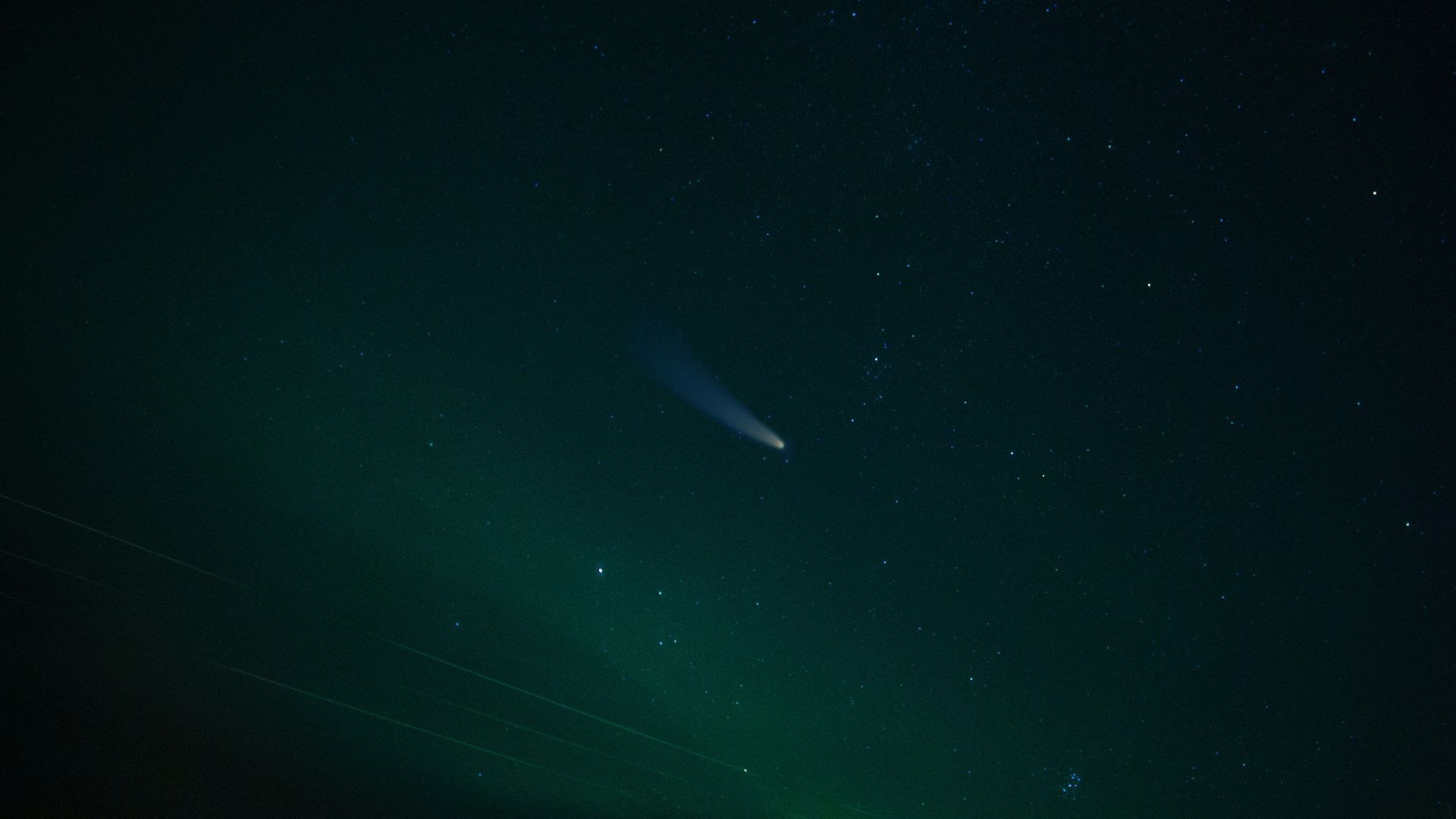
This weekend, regular people around the world may be able to even see these two asteroids flying in the sky. Though you won’t be able to see them with the naked eye, you can see them if you have binoculars or a telescope.
The best time to see the “planet killer” asteroid will be around Thursday, June 27, while you may catch the second one on Saturday, June 29 around 5:00 pm ET.
